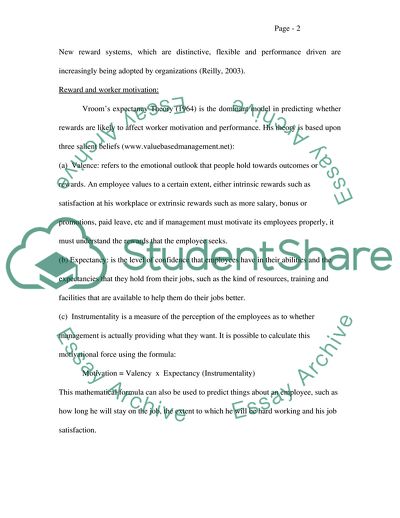Cite this document
(Employee Reward: A Degree of Satisfaction and Job Involvement of Literature review, n.d.)
Employee Reward: A Degree of Satisfaction and Job Involvement of Literature review. Retrieved from https://studentshare.org/human-resources/1705962-employee-reward
Employee Reward: A Degree of Satisfaction and Job Involvement of Literature review. Retrieved from https://studentshare.org/human-resources/1705962-employee-reward
(Employee Reward: A Degree of Satisfaction and Job Involvement of Literature Review)
Employee Reward: A Degree of Satisfaction and Job Involvement of Literature Review. https://studentshare.org/human-resources/1705962-employee-reward.
Employee Reward: A Degree of Satisfaction and Job Involvement of Literature Review. https://studentshare.org/human-resources/1705962-employee-reward.
“Employee Reward: A Degree of Satisfaction and Job Involvement of Literature Review”, n.d. https://studentshare.org/human-resources/1705962-employee-reward.


